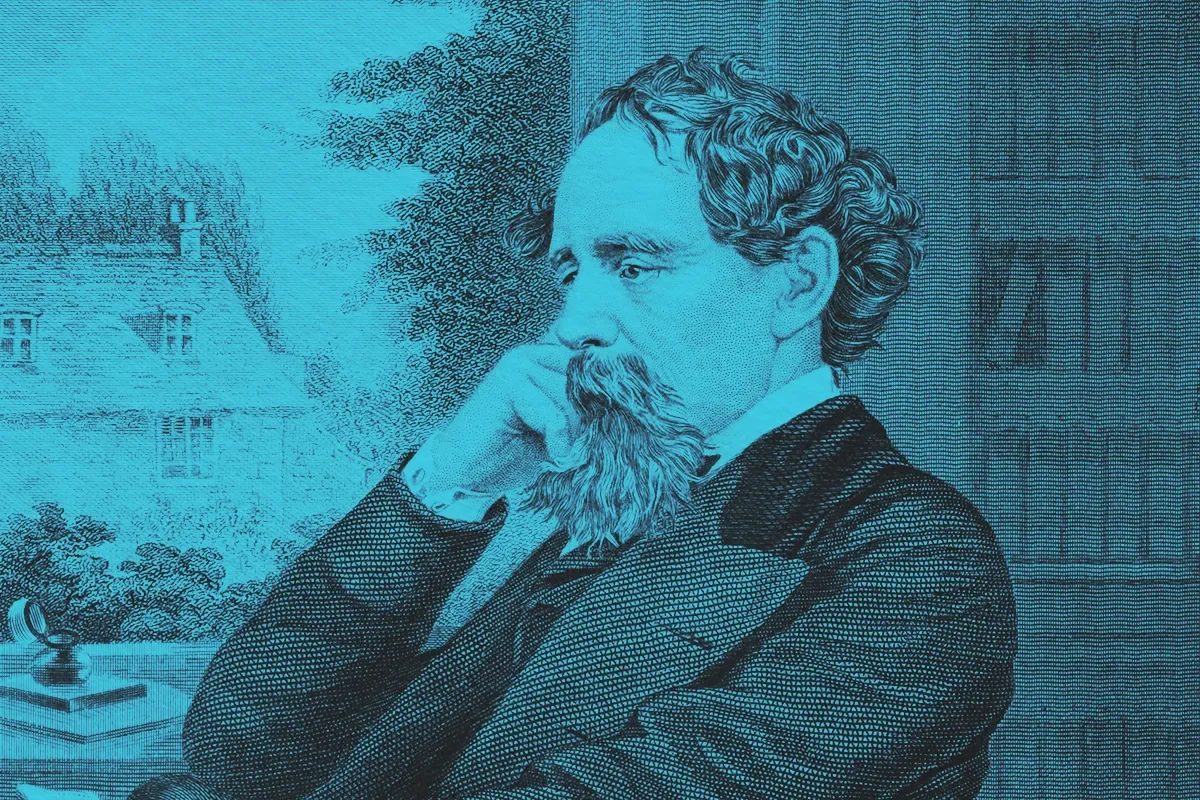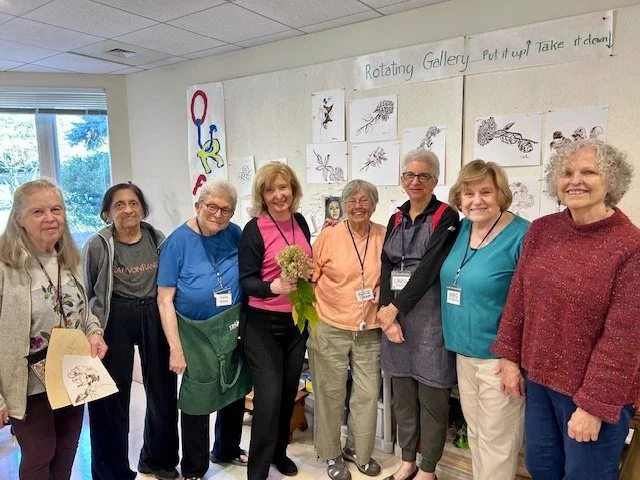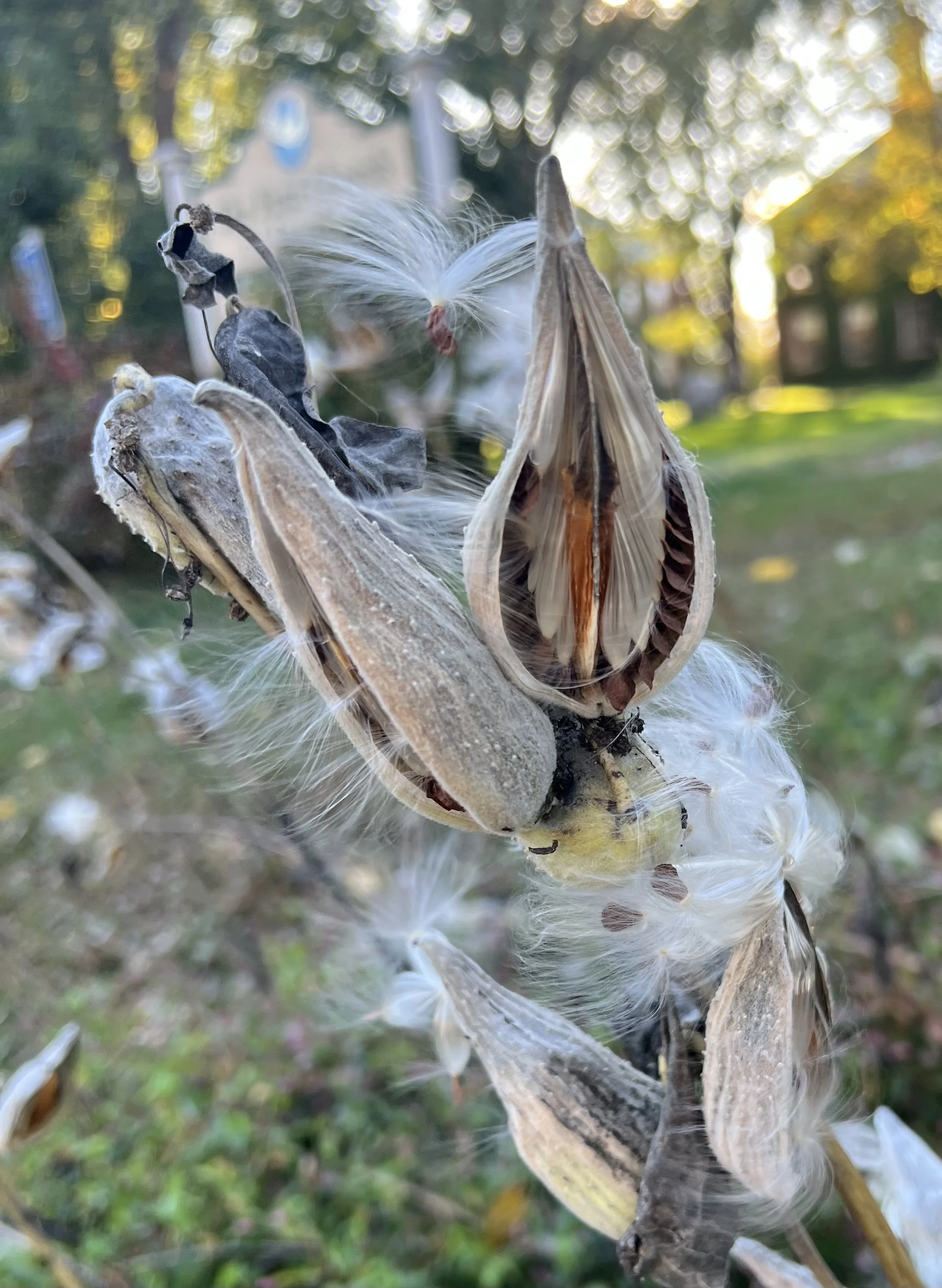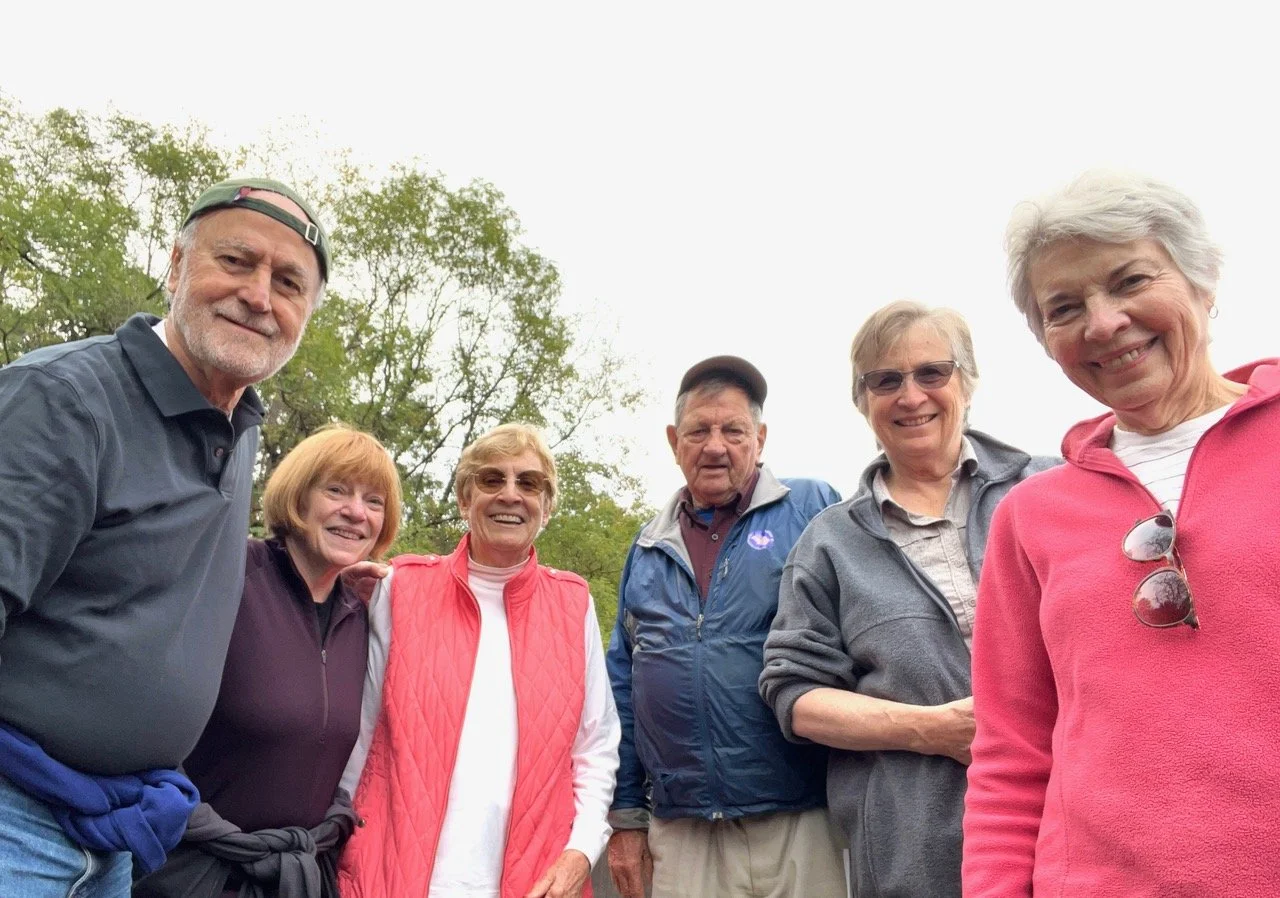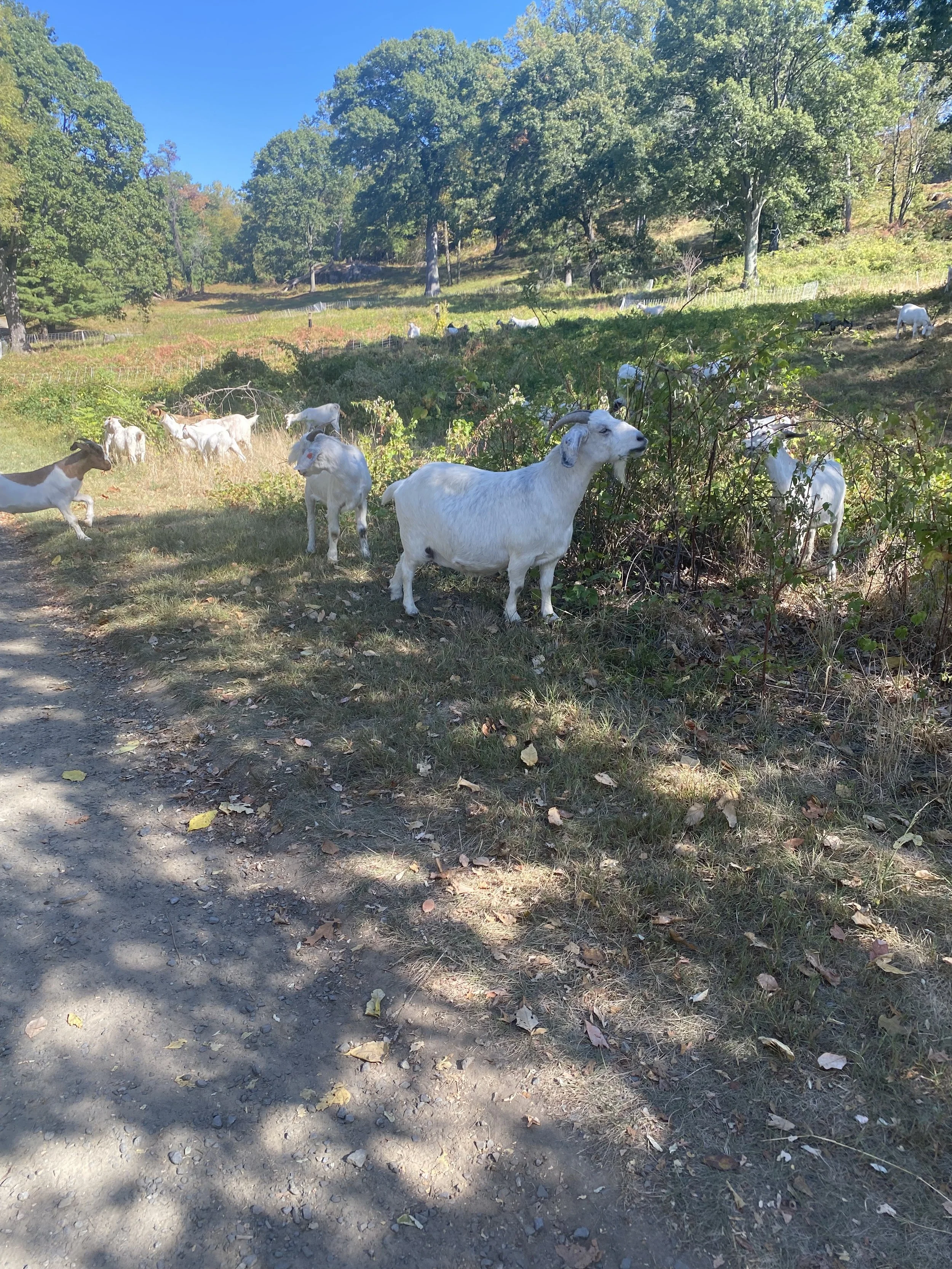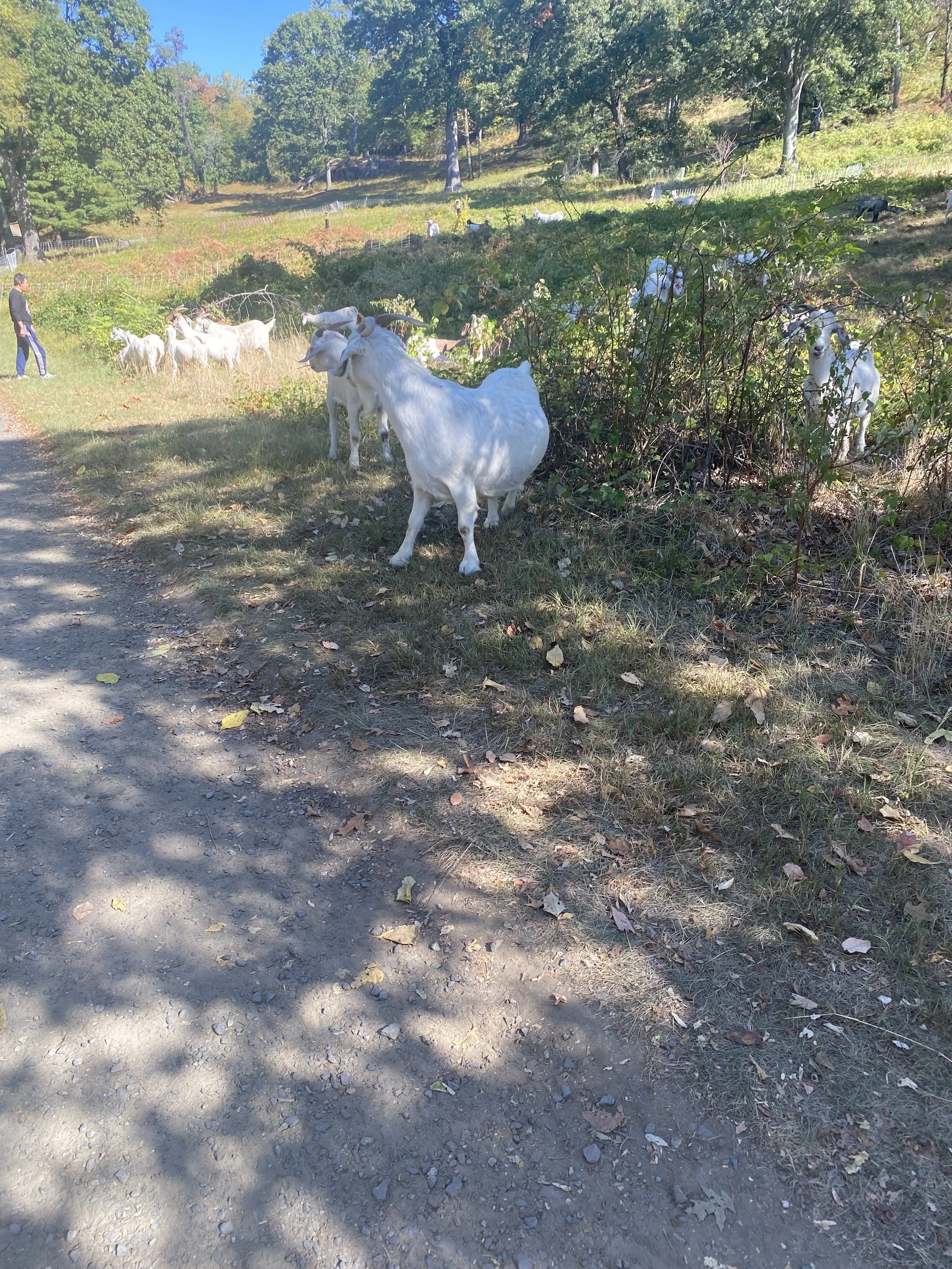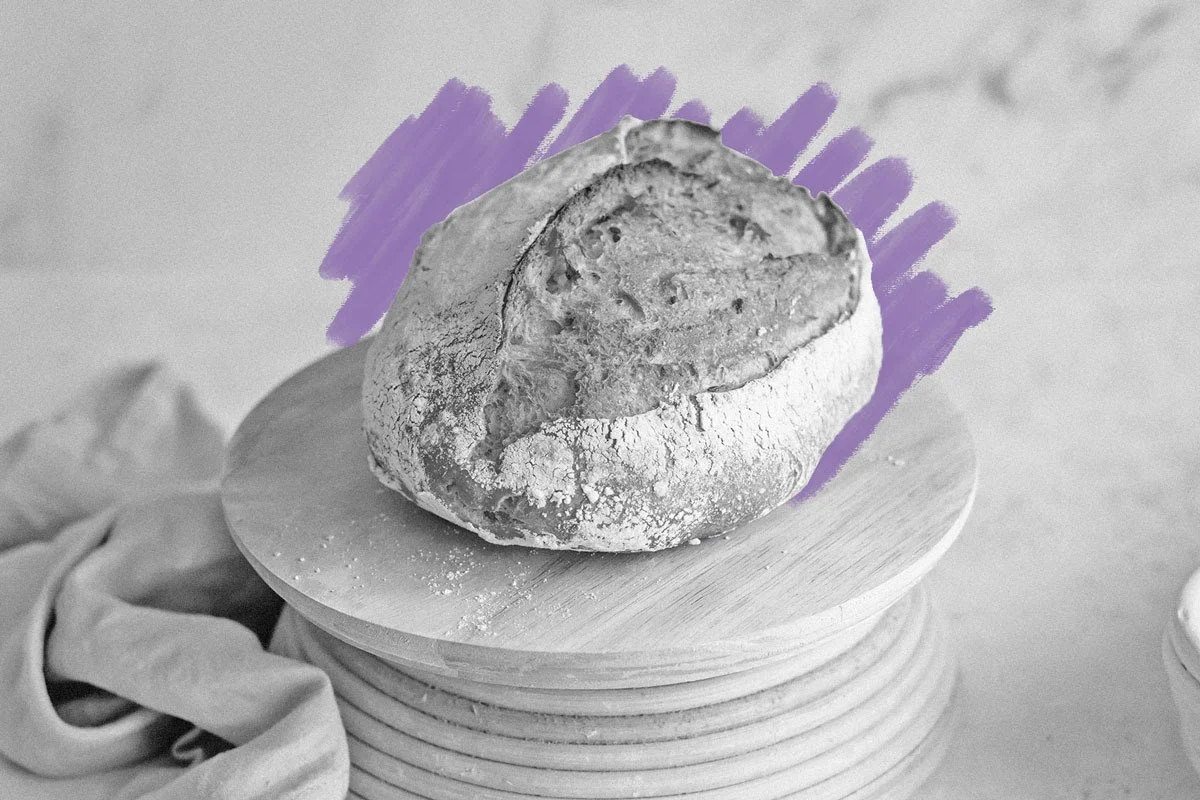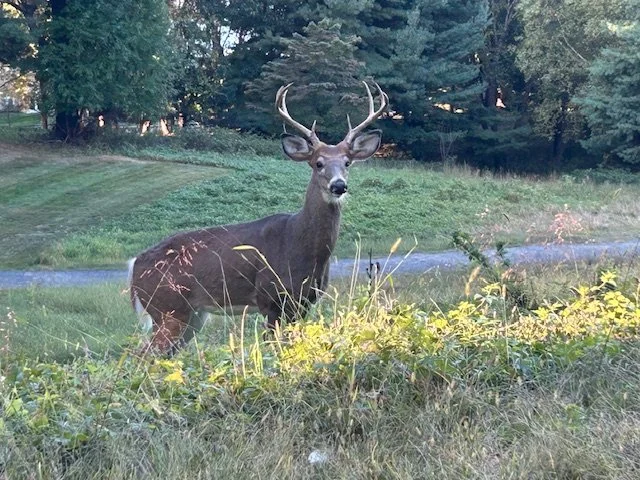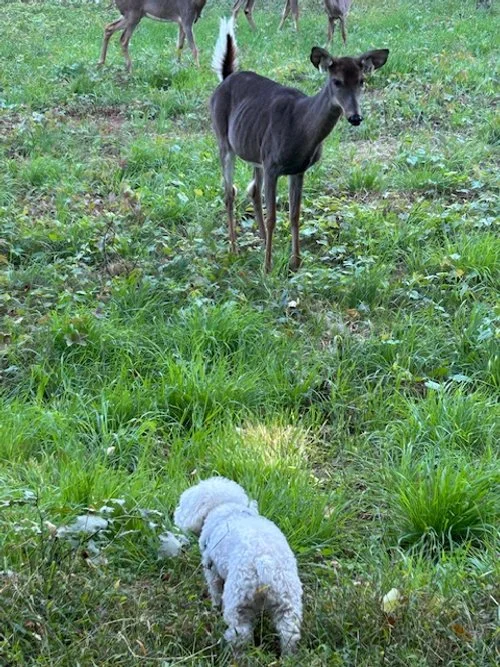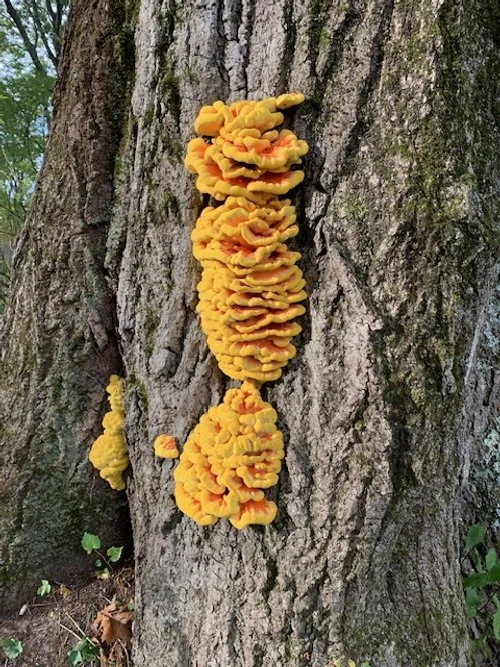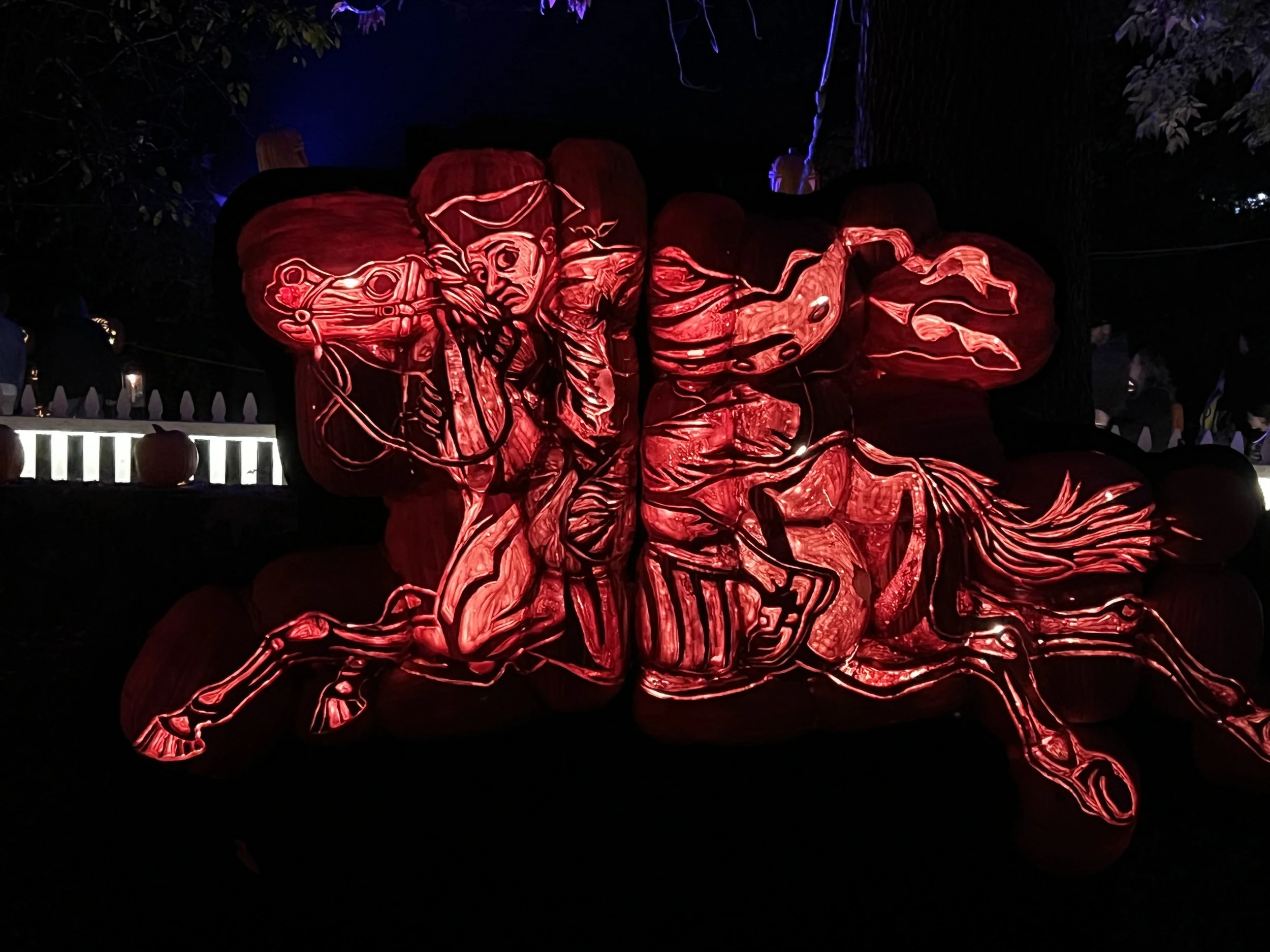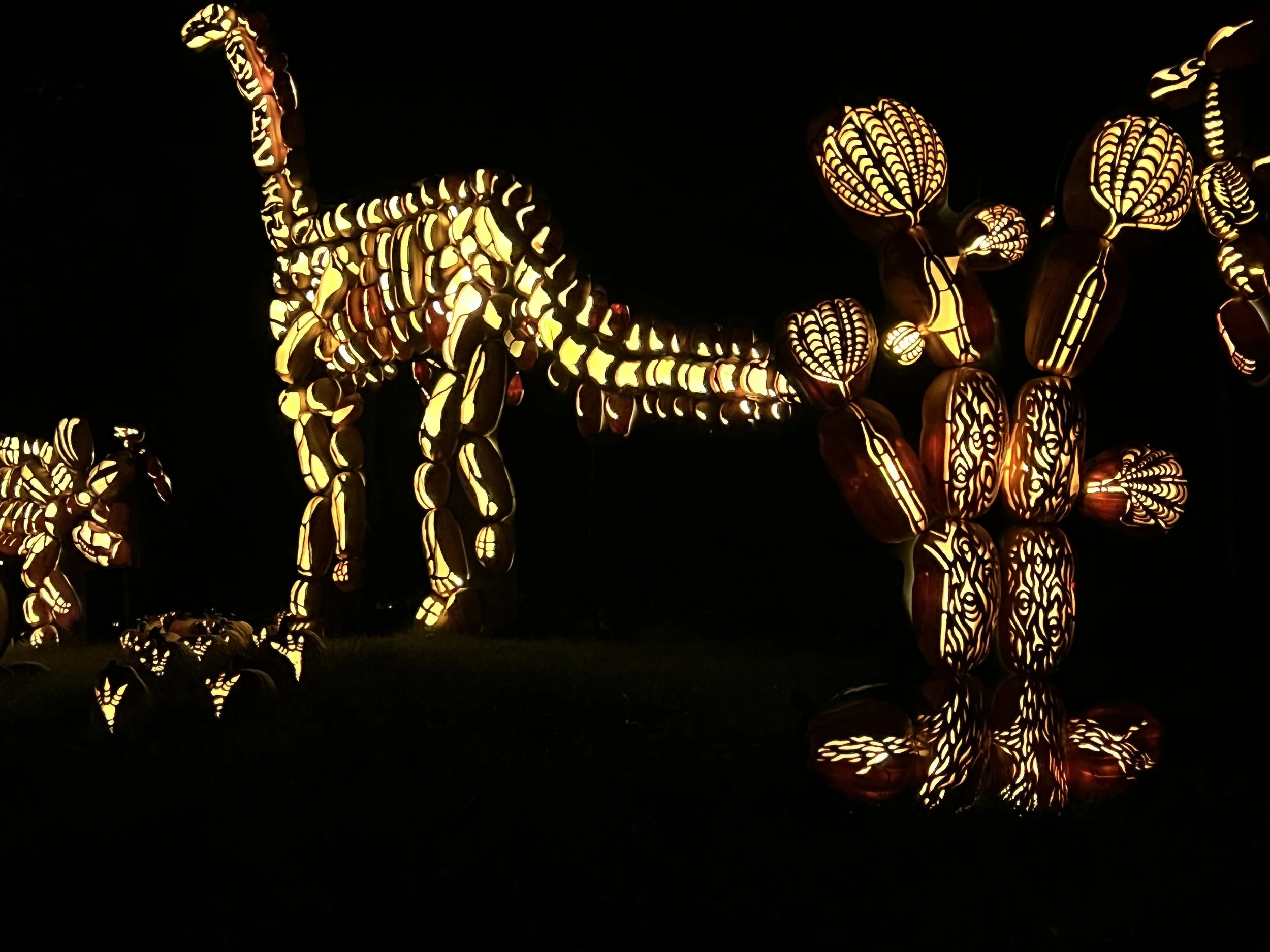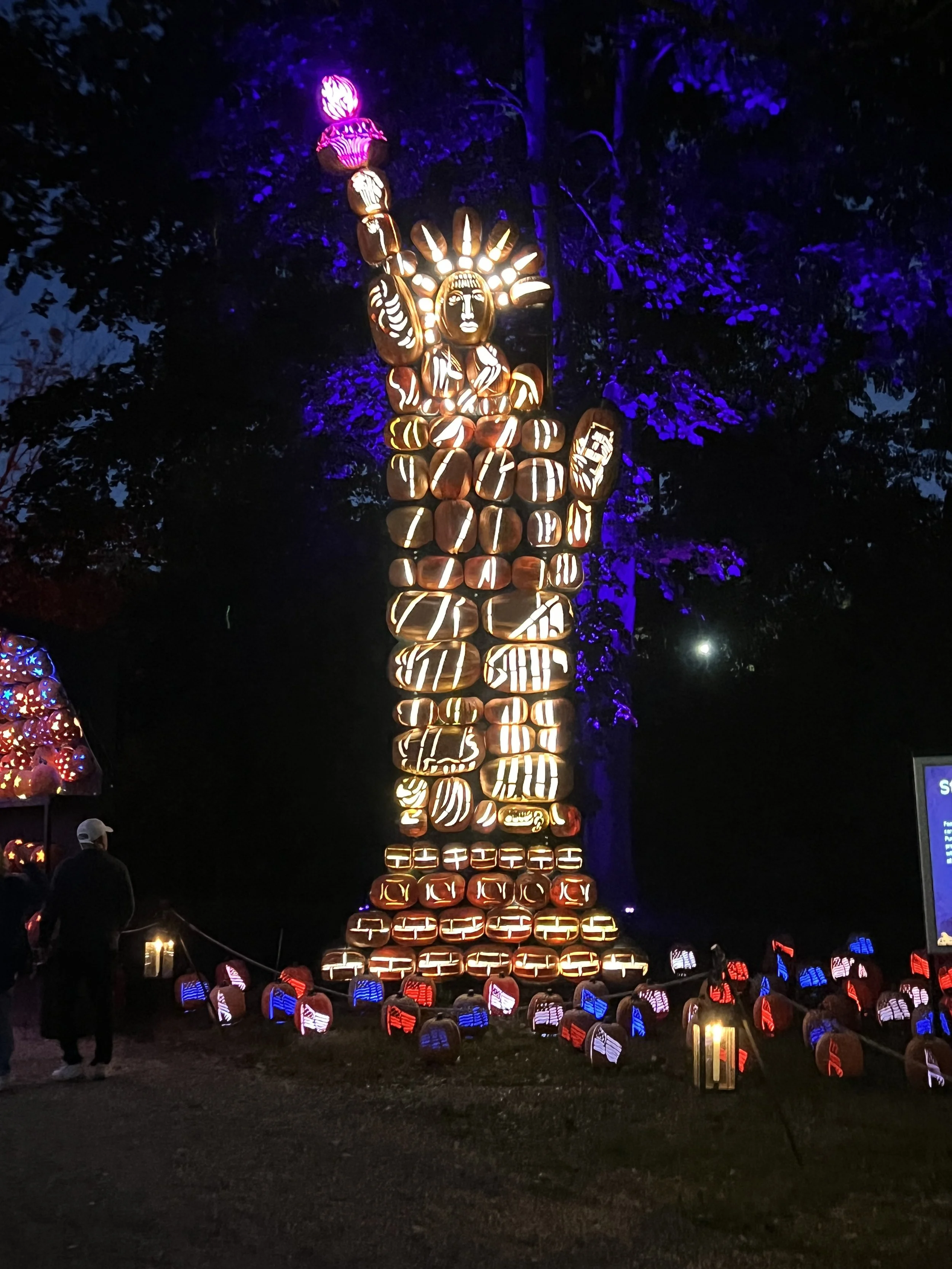Source: Westchester County website
'Tis the Season . . . for Dwali
As one lamp lights another,
no grows less, So nobleness
enkindleth nobleness.
By James Russell Lowell
Happy Diwali! October 20 marks the beginning of Diwali—the Hindu Festival of Lights (also joined into by other faiths) celebrated throughout India. It symbolizes the spiritual victory of light over darkness, good over evil, and knowledge over ignorance.
Key dates for the five-day festival are:
Dhanteras: Saturday, October 18
Choti Diwali: Sunday, October 20
Diwali / Lakshmi Puja: Monday, October 20
Govardhan Puja: Wednesday, October 22
Bhai Dooj: Thursday, October 23
During these five days, celebrations include:
Lighting: Homes are lit with oil lamps (diyas), candles, and decorative lights to signify the triumph of light over darkness.
Worship: Families perform Lakshmi Puja to honor Goddess Lakshmi, the deity of wealth, and Lord Ganesha.
Traditions: Celebrations often include creating rangoli (decorative patterns) at the entrance of homes, sharing sweets and gifts, and spending time with loved ones.
Businesses: In some traditions, business owners close their annual accounts on Diwali and begin the new year with blessings.
Meera Srinivasan made her own lamp this year. It will also be in the Kendal Fall Art Show which begins October 29.
Photo by Carol Monteleoni
A light would be fit into the point and lit. Lamps are displayed in groups, symbolic of community:
Photo by National Geographic
Photo by National Geographic
For more information about Dwali and its celebration, click the button below.
I Never Knew That . . .
Beyond “Dickensian”: 7 Quirky Words Created by Charles Dickens
Known for penning works such as A Christmas Carol (1843) and Oliver Twist (1838), Victorian-era writer Charles Dickens is so influential that the word “Dickensian” was coined in his honor, meaning “of or reminiscent of the novels of Charles Dickens.” While “Victorian” suggests the prudishness and high moral tone on display during that queen’s reign, the adjective “Dickensian” connotes the poor social conditions in Dickens’ novels, or perhaps refers to over-the-top characters, such as master thief Fagin in Oliver Twist. It might also refer to the themes present in Dickens’ works: redemption, resilience, and social critique.
The author is even said to have invented a slew of interesting words, though incorrectly in some cases. He’s falsely credited, for example, with inventing common words including “boredom,” “flummox,” and “butter-fingers.” While he did popularize them in his writing, there’s evidence of earlier records by other authors. However, this shows that Dickens sought out lesser-known words, further demonstrating his prowess with the English language. Let’s take a look at some Dickensian words that the author did invent.
Sassigassity
Apparently, this word was employed only once, and by its inventor. According to Dickens, “sassigassity” means “audacity with attitude.” It was published in 1850 in “A Christmas Tree,” in the line “…the sassigassity of that dog is indeed surprising…” Perhaps it deserves a comeback.
Messiness
“Messiness,” a derivation of “messy” (“untidy” or “dirty”), can be credited to Dickens. It’s a result of converting an existing adjective into a noun, something Dickens was famous for. In addition to “messiness,” it’s believed he coined “cheesiness,” “fluffiness,” and “seediness” from their respective adjectives.
Sawbones
Dickens coined this slang term in The Pickwick Papers in 1837, and described it thusly for readers: “I thought everybody know’d as a sawbones was a surgeon.” We don’t see this word often, but it’s still listed in the dictionary as an informal term for a doctor or surgeon.
Whizz-bang
“Whizz-bang” was used in The Pickwick Papers to describe the sound of a gunshot. Today, “whizz-bang” (or “whiz-bang”) refers to a resounding success, as in, “She ran a whizz-bang campaign.” During WWII, it had a meaning closer to how Dickens used it, as a small-caliber shell.
Comfoozled
Dickens invented this word to mean “exhausted” or “overcome,” as seen in The Pickwick Papers: “He’s in a horrid state o’ love; reg’larly comfoozled, and done over with it.” This is not to be confused with the relatively new word “confuzzled,” which is a portmanteau of “confused” and “puzzled.”
Mildewy
While Dickens often turned adjectives into nouns, he was also known for adding suffixes to nouns to create new adjectives. Case in point: the word “mildewy,” which was first recorded in The Pickwick Papers as an adjective, and was used later in A Tale of Two Cities (1859) to describe “the mildewy inside of the coach.” This is consistent with the modern usage to describe something moldy or affected by mildew. While he didn’t coin the original nouns, Dickens was known to create many new adjectives by adding the suffix “-y” to nouns, including “bulgy,” “swishy,” “soupy,” “waxy,” and “trembly.”
Jog-trotty
Dickens went one step further with the noun “jog-trot” when he transformed it into an adjective with an entirely new meaning. “It’s rather jog-trotty and humdrum. But it’ll do as well as anything else!” he wrote in Bleak House (1852). Traditionally, a jog-trot is a slow trot by a horse, but Dickens transformed it into an adjective to describe something that is boring or dull. It seems that this was a one-off creation, never to be seen again in other works.
Source: wordsmarts.com
Contributed by Jane Hart
For Your Funny Bone
Contributed by Donald Butt
Contributed by Barbara Wallach
Contributed by Barbara Bruno
Art by Hart
For the first time since prom, Brad and Octavia danced the night away
The Woodstock-Stratton freestyle swim race ended in a photo finish
There was something fishy about Irene
The Martins had never been so close to real celebrities before
Thanks to their excellent jigsaw puzzle skills, the Wilfords could go anywhere on one ticket
Art and photos by Jane Hart
Overcome Climate Change, by Sheila Benedis
Art and photo by Sheila Benedis
In and Around Kendal
Flowering Kendal Artists
Photo by Carolyn Reiss
These seven hearty and talented souls have undertaken a new task: Drawing Botanticals. The course—taught by Pam Dietrich (far right)—is now blossoming in the Art Room.
A Sneak Peak
Psst! Wanna see what’s behind the wallboard on C Level? Quick! Look below:
The latest and greatest in undercover photography. What you’re seeing is the new community room and beyond that the new Residents Association room and the ping-pong venue. Ssshhh . . .
Nature’s Autumn Gifts
Photo by Ed Lannert
Photo by Carolyn Reiss
Photo by Carolyn Reiss
Photo by Edward Kasinec
Out and About
The Bold and the Trekking
Henry Neale launched a challenge several weeks ago (reported here, no less!): Walk the entire Croton Aquaduct—from the Croton Dam to Bryant Park—in measured doses. The latest dose brings them within Kendal territory.
Henry’s best estimate of the mid-point between the Croton Dam and the Bronx (the plan for 2025). The Fearless Footed will most likely cross Benedict in the early stage of the next walk planned for Saturday morning (10/18/2025).
The rest of the way from the Yonkers/Bronx line in Van Cortlandt Park to Bryant Park in Manhattan is a project for Spring 2026.
Well done!
Photo by Philip Monteleoni
Loosen Your Belts, Wear Comfy Shoes, and Get Ready! It's . . .
A Kendal Oktoberfest!
Weekly Construction Report
There was NO construction update this past Friday, October 10; however, there were some new developments this past week:
A temporary wall was put in place by the Chefs’ office in the Bistro Lounge.
The Chefs—Eddy, Sherve, and Deigo—moved temporarily to the computer room located right outside of the Gathering Room. Demolition will begin on Monday, October 13, in the Chefs’ office and only that office. No other part of the kitchen will be demolished, as of yet.
The temporary kitchen was inspected and cleaned.
The stairs by the entrance to the Formal Dining Room will remain open.
The next construction update will be on Friday, October 17.
Information from the office of Ellen Ottstadt.
They're Out! Again . . .
Our friends the neighboring goats seem to have a greater talent even than destroying bad flora and making milk (and little goats). They are break-out artists! Ellen Lagemann chronicled their latest escape.
Free at last! Ooo, that looks like a tasty tidbit.
Uh oh, the sheriff’s back in town . . .
Grow Old Along with Me . . .
Profound advice and observations for our Kendal Years . . .
If you can’t think of a word, just say, “I forgot the English word for it.” That way people will think you’re bilingual instead of an idiot.
I’m getting tired of being part of a major historical event.
I don’t always go the extra mile, but when I do, it’s because I missed my exit.
My goal for this year was to lose 10 pounds. Only have 14 to go.
I just did a week’s worth of cardio after walking into a spider web.
I may not be that funny, athletic, good-looking, smart, or talented but . . . I forgot where I was going with this.
Contributed by Beverly Aisenbrey
To Be Continued . . .
I Never Knew That
The World’s Oldest Bread Loaf Is More Than 8,000 Years Old
Bread is such a staple food that it’s often synonymous with sustenance itself, as in “putting bread on the table,” “breadwinner,” or “daily bread.” Indeed, humans have been eating bread for a long, long time. The earliest loaf of bread ever discovered is a whopping 8,600 years old, unearthed at Çatalhöyük, a Neolithic settlement in what is now southern Turkey, comprised of mud-brick dwellings built on top of one another.
While excavating the site, archaeologists found the remains of a large oven, and nearby, a round, organic, spongy residue among some barley, wheat, and pea seeds. After biologists scanned the substance with an electron microscope, they revealed that it was a very small loaf of uncooked bread. It had been fermented, like a sourdough loaf, and someone had pressed their finger in the center of it. The dough had been encased in clay, which allowed it to survive for thousands of years.
The preserved loaf dates back to around 6,600 BCE, but by that point humans had already been baking bread for thousands of years. Some baking even predates agriculture, meaning our prehistoric ancestors were making the food with foraged grains. The oldest known evidence of bread, found in the Black Desert in modern-day Jordan, dates back around 14,000 years. Researchers recovered crumbs from large, circular stone fireplaces—one archaeobotanist compared it to the charred crumbs at the bottom of a toaster. This ancient bread was made of wild wheat and root vegetables, kneaded, then baked on hot stones. The process would have been labor intensive, so archaeologists theorize that bread was a treat reserved for special occasions.
Source: historyfacts.com
Contributed by Jane Hart
Local Traffic Alert
The Highlight of the Spooky Season: The Halloween Parade
It’s almost here! The Event of the Year in Sleepy Hollow and Tarrytown: The Halloween Parade! If you, your children, or your grandchildren are interested in enjoying the spooky fun, read on!
The Halloween Parade is on October 25 at 5pm
What Residents Need to Know
The Halloween Parade is around the corner. This event has grown exponentially in recent years as more attention has been drawn to Halloween tourism destinations like ours. Our Village’s wonderful creative spirit is on full display, but it is important to make a plan for getting around in order to fully enjoy the event. The parade is scheduled for Saturday, October 25th at 5pm, but preparations begin long before.
All you need to know about the parade can be found at https://www.tarrytownhalloweenparade.com/
The following is essential information to plan your day, whether participating in the festivities or not:
NO PARKING ZONES (LOCATIONS and TIMES)
S. Washington St. Parking Lot (east side), 11am – 11pm
N. Broadway between Patriots Park and College Avenue, 11am – 10pm
Main Street, 1pm – 11pm
Kaldenberg Place, 1pm – 12am
N. Broadway between Main St. and Patriots Park, 2pm – 7pm
N. Washington Street between Wildey St. and College Ave. 2pm – 8pm
North Washington St. between Main St. and Central Avenue, 2pm – 11pm
South Washington Street, 2pm – 11pm
Wildey Street – North side of street from Broadway to Cortlandt, 2pm – 11pm
Cortlandt Street, north of Main Street, 3pm – 9pm
WHERE TO PARK
If you need to get your car off of the street, or you need closer access to the parade, Village residents will be able to park in the municipal lots for free. The indoor parking garage will be open for downtown residents and businesses only. An interactive parking map can be found on the Village website and parade specific parking can be found on the Parade website.
In addition, the school is hosting a fundraiser and offering parking at Sleepy Hollow High School and in the Washington Irving School lots for $20/day.
Parking will be available at the parking lot adjacent to Hudson Harbor by the waterfront thanks to National Resources.
SHUTTLE
Three shuttle buses will be operating between 2pm and 5pm between the train station and the parade route.
ROAD CLOSURES (ROADS and TIMES)
Main Street, 2pm - 10pm
South Washington Street from South Washington Street Parking Lot entrance to Central Avenue, 3pm - 10pm
Broadway from Patriots Park to Main Street, 4:30pm - 7pm
RESTRICTED ACCESS
To improve traffic flow on the day of the parade, vehicle access to the inner Village will be limited to downtown residents and businesses only.
MAKE A PLAN
If you don’t want to get caught in parade traffic, it's a good idea to make a plan to either stay in the Village for the duration of the event (and enjoy the festivities!), or if you plan to leave or must leave the Village, try to delay your return until later in the evening.
TELL YOUR FRIENDS
If you have friends visiting on the day of the parade, please encourage them to park at a neighboring municipality and take the train. Our neighbors have other fun happenings going on the 25th. Park in Hastings on Hudson, and check out their Scarecrows’s Ball at the Good Witch Coffee Shop before parade time. Park in Croton on Hudson and check out the pet costume parade! More listings on the
For Your Funny Bone
Contributed by Barbara Wallach
Contributed by Don Butt
Contributed by Don Butt
Contributed by Barbara Wallach
Swirling Shapes I Painting By Sheila Benedis
Art and photo by Sheila Benedis
In and Around Kendal
A Fulton Sunset
Photo by Lynn Brady
A Significant Birthday for a Significant Sweetie
Berenice’s co-workers surprised her with a celebration for her 21st!
Photo by Harry Bloomfeld
The Fauna of Rockwood Park
Boy meets girl, by Mimi Abramovitz
A Young Buck Takes the Field, by Carolyn Reiss
Perhaps a new friend approaches. Allie Reiss is more interested in eating the grass. Photo by Carolyn Reiss
Likewise the Flora
Fungus in Fall Attire, by Rich Dooley
Serenity, by Carolyn Reiss
Just Passin’ By Kendal
The Bare Minimum, by Joe Bruno
Goin’ All Out, by Joe Bruno
The Last Rays of the Sun
Photo by Carol Monteleoni
The Very Last Rays
Sunset with Schooner, by Philip Monteleoni
Out and About
All A-Blaze for the Season
It’s October, which—if you live in Sleepy Hollow—you know is the Spooky Season on steroids. A major part of the Halloween Season is Van Cortlandt Manor’s “The Great Jack O’Landtern Blaze,” a breathtaking display of more than 7,000 illuminated jack o’ lanterns—all designed and hand-carved on site by a team of artisans. Complete with synchronized lighting and an original soundtrack.
Lisa Rosenbloom experienced The Blaze recently, and sent a few pictures along . . .
It’s a Puzzlement
All Kendal houses have puzzle tables. Two of the most active are in Clermont and Robert Fulton. Meanwhile, back at the ranch (or restoration) of Historic Hudson Valley’s headquarters (our own Philipseburg Manor) a hoard of puzzles arrived in the business/ docent office. Seems a trustee’s father was an avid puzzler and had left dozens of often new, never used puzzles. And they were mounting up and up and up. Barbara Williams serves as a docent for Historic Hudson Valley and alerted puzzlers Carlisle Spivey, Peter Sibley (Clermont), and Joe Bruno (Fulton) about the availability—free, the only thing to do was haul them away. And haul they did. In boxes and bags. Twice. Alida and Mary Powell puzzlers: need a new puzzle? As the old saying goes: Come on down!
Photo by Joe Bruno
Weekly Construction Report
From the Office of Ellen Ottstadt







